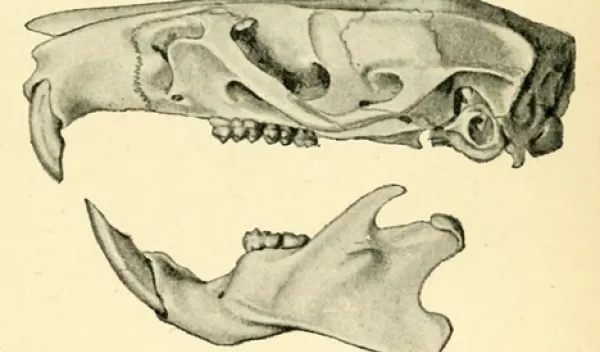
Bioprinting bone with genes for growth factors improves bone repair
Researchers at Penn State, with support from a U.S. National Science Foundation grant, are bioprinting bone with encoding genes that enhance healing and regeneration. The researchers successfully used the technique on rat skulls and published the results in Biomaterials.
"Growth factors are essential for cell growth," said engineer Ibrahim Ozbolat, corresponding author of the study. "We use two different genes encoding two different growth factors. These growth factors help stem cells to migrate into the defect area and then help the progenitor cells to convert into bone."
The team combined a platelet-derived growth factor and a protein that improves regeneration via bioprinting and used a controlled co-delivery release. The encoding genes the team developed were printed to rat skulls during surgery and resulted in more bone creation and coverage.
"This method is better than simply dumping the growth factors," said Ozbolat. "If we do that, the amounts of proteins are finite, but if we use gene therapy, the cells continue to produce the necessary growth factors."


